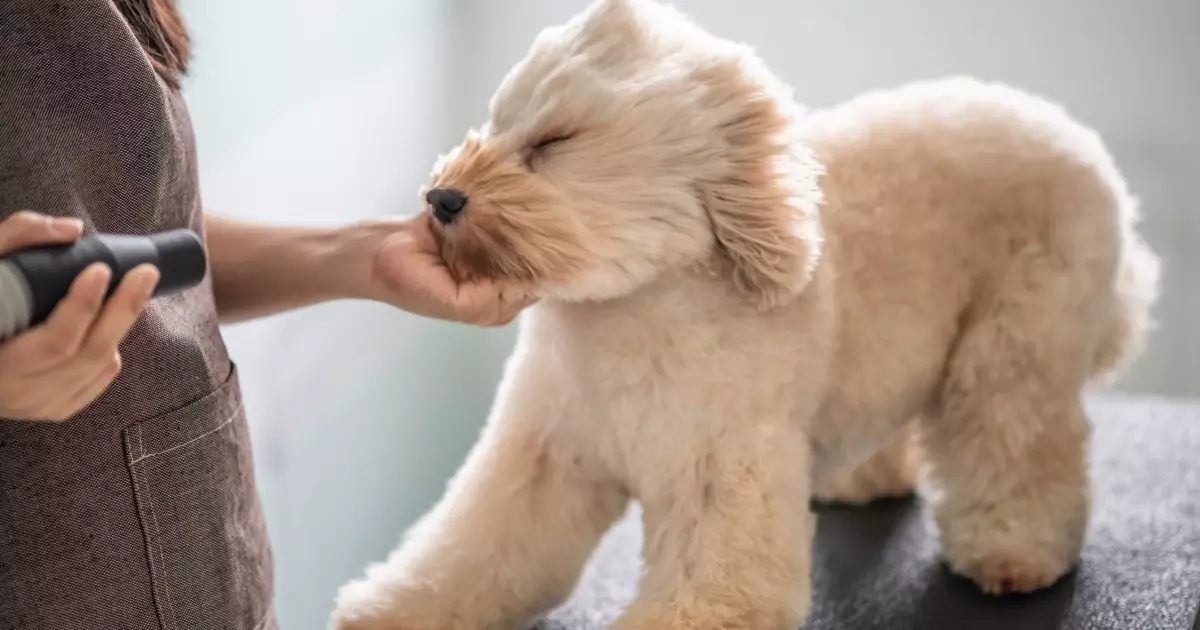Grooming your dog is a crucial aspect of responsible pet ownership that can often feel overwhelming. While many dog owners may find it tempting to skip professional grooming services in favor of a DIY approach, doing so without the right knowledge can lead to various complications. This article delves into the common pitfalls of at-home dog grooming and offers practical solutions to ensure a stress-free experience for both you and your furry friend.
Understanding the Importance of Grooming
Dog grooming is not merely an aesthetic endeavor; it plays a vital role in your pet’s overall health and well-being. Regular grooming helps prevent skin irritations, matting, and even infections caused by neglected coats. It also allows for the detection of parasites and skin issues before they escalate into more severe health problems. Therefore, mastering the basics of at-home grooming is essential for every dog owner, regardless of whether you opt for professional services later on.
One of the most common mistakes owners make is diving into grooming without adequately preparing their dogs. It’s essential to introduce grooming tools and practices early on, especially with puppies. Familiarize your dog with being handled in sensitive areas such as the paws, ears, and tail. Early training sessions can go a long way in ensuring a comfortable grooming experience.
Creating a positive environment is crucial. Start with gentle handling and rewarding your dog with treats or praise to encourage calmness. The goal is to associate grooming with a pleasurable experience rather than a source of anxiety. This is particularly important for rescue dogs or those adopted later in life, as they may already have preconceived notions about grooming based on past experiences.
Brushing your dog’s coat is foundational to maintaining its health and appearance. Many pet parents underestimate the importance of pre- and post-bath brushing. Brushing before a bath loosens any tangles and makes the bathing process easier, while post-bath brushing helps to remove dead hair that would otherwise accumulate and mat.
Neglecting these fundamental practices can lead to excessive matting, which becomes particularly problematic in long-haired breeds. It is advisable to establish a regular brushing schedule to minimize the amount of dead hair and prevent painful knots and tangles.
One common misconception is that dogs should grow out their coats during the winter months for warmth. However, neglecting regular grooming can result in severe mats that can ultimately require a much shorter shave. Such measures are often counterproductive, as longer coats do not necessarily offer more insulation. Instead, it’s wise to maintain a manageable length through regular trims while continuing standard grooming practices.
During winter, ensure that you are brushing and bathing your dog just as you would in warmer weather. Keeping their coat well-maintained aids in insulation and overall comfort—both crucial during the colder months.
Paying Attention to the Whole Dog
When grooming, many owners focus solely on the dog’s back, overlooking other vital areas such as the belly, armpits, and face. These spots are often hotspots for pests and require consistent attention to remove tangles and keep the skin healthy. Regular grooming in these areas not only keeps your dog looking good but significantly contributes to their overall health and comfort.
It’s equally important to pay attention to grooming tools, especially nail clippers. Dull clippers can crush nails rather than cut them, risking injury. Invest in a high-quality pair and ensure they are regularly maintained to provide a clean cut that won’t harm your pet.
Bathing a dog can often be a daunting task, particularly when it comes to the face and head. Use safe, dog-specific shampoos to minimize irritation and always take the time to rinse thoroughly. Dogs often react unpredictably to water, so be patient.
After bathing, many dogs may feel the urge to roll in dirt to rid themselves of what they perceive as “unpleasant odors.” Immediate indoor confinement post-grooming can prevent the need to restart the bathing process, allowing your dog to unwind after an exciting grooming session.
Ultimately, the success of your at-home grooming efforts lies in careful training, regular maintenance, and a focus on creating a positive experience for your pup. While it may take some time before you become a pro at grooming your dog, patience and consistency will ensure that your furry friend remains healthy, happy, and well-groomed. Embrace the learning journey, and you’ll both reap the rewards of a stronger bond and a comfortable, well-groomed dog.

